
Simulation of a self-driving car in action in Project Chrono (Photo: Science Alert).
This discovery promises to change the way space exploration robots are designed in the future.
For more than half a century, since the first alien rover was launched in 1970, humanity has continuously improved space exploration technology.
However, even NASA's most advanced rovers have repeatedly encountered problems that have caused their wheels to get stuck in the planet's soft sand, disrupting their missions.
A case in point is the Mars rover Spirit. It got stuck in 2009 and has not moved since. The exact cause of this has only recently been determined.
According to Dan Negrut, a mechanical engineer at the University of Wisconsin-Madison (USA), the problem lies in the fact that previous engineers only considered the impact of gravity on the rover, without fully analyzing the impact of low gravity on the sandy surface of celestial bodies.
In the environments of Mars or the Moon, the weak gravity makes planetary dust and sand much looser, softer, and more easily moved than on Earth, significantly reducing traction and increasing the risk of getting stuck.
Meanwhile, previous ground tests using simulated soil failed to properly reproduce the behavior of sand in extraterrestrial gravity conditions, leading to design flaws.

The Opportunity rover's wheel got stuck in sand on Mars (Photo: NASA).
To solve this, the team used physics simulations in a project called Chrono, with the goal of comparing the results with real-world sand tests. The results showed a clear difference: the same car, but in a low-gravity environment, the sand was more disturbed, destabilizing and making it much harder for the wheels to generate thrust.
The discovery is seen as the missing piece to improving the design of space exploration robots. By adding the gravity effect of sand to the test model, engineers can more accurately predict mobility, reduce the risk of the vehicle getting stuck and save on mission costs.
This is a clear demonstration of the value of physics-based simulation in solving real-world engineering challenges, Dan Negrut stressed.
With this new understanding, future space exploration missions will be equipped with more durable rovers that are better adapted to the harsh terrain of planets, contributing to expanding the ability to explore and collect scientific data.
Source: https://dantri.com.vn/khoa-hoc/vi-sao-xe-tu-hanh-toi-tan-van-ket-banh-tren-sao-hoa-mat-trang-20250811081247437.htm



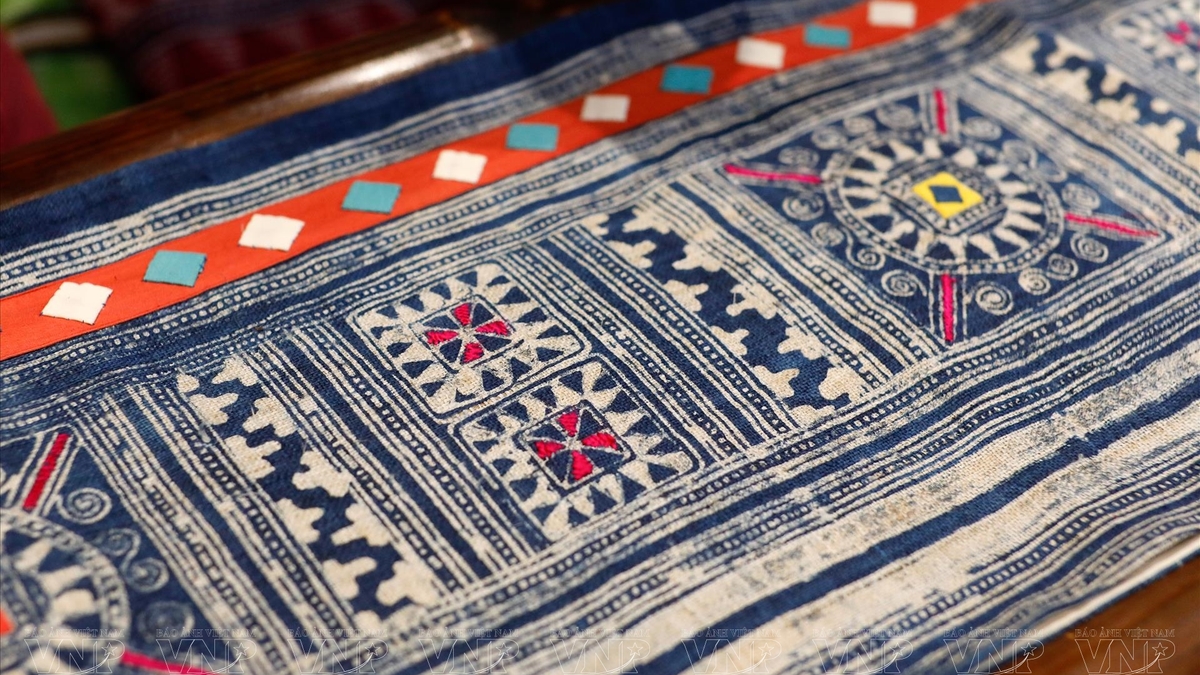
![[Photo] General Secretary To Lam receives Singaporean Ambassador Jaya Ratnam](https://vphoto.vietnam.vn/thumb/1200x675/vietnam/resource/IMAGE/2025/11/03/1762171461424_a1-bnd-5309-9100-jpg.webp)
![[Photo] Fall Fair 2025 and impressive records](https://vphoto.vietnam.vn/thumb/1200x675/vietnam/resource/IMAGE/2025/11/03/1762180761230_ndo_br_tk-hcmt-15-jpg.webp)
![[Photo] Prime Minister Pham Minh Chinh receives the Chairman of the Japan-Vietnam Friendship Association in the Kansai region](https://vphoto.vietnam.vn/thumb/1200x675/vietnam/resource/IMAGE/2025/11/03/1762176259003_ndo_br_dsc-9224-jpg.webp)
![[Photo] Lam Dong: Close-up of illegal lake with broken wall](https://vphoto.vietnam.vn/thumb/1200x675/vietnam/resource/IMAGE/2025/11/03/1762166057849_a5018a8dcbd5478b1ec4-jpg.webp)


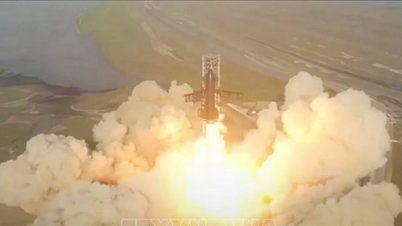

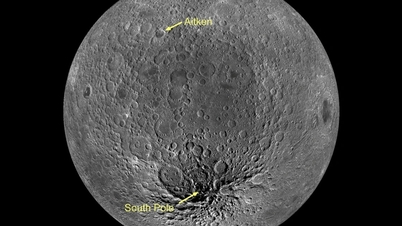
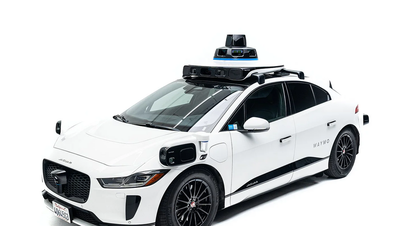

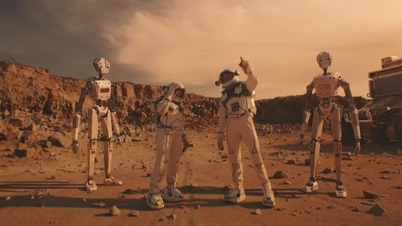







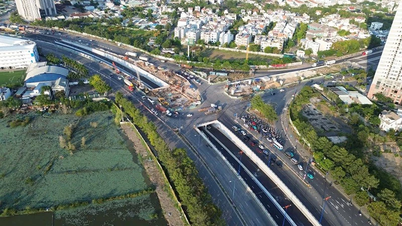











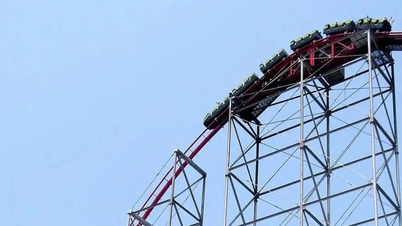










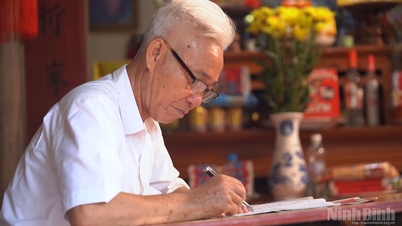







































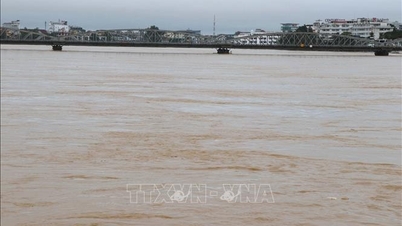






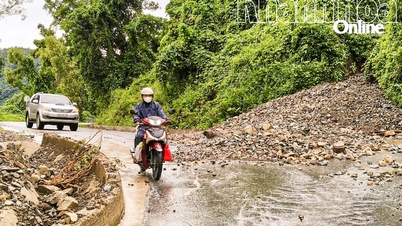
















Comment (0)